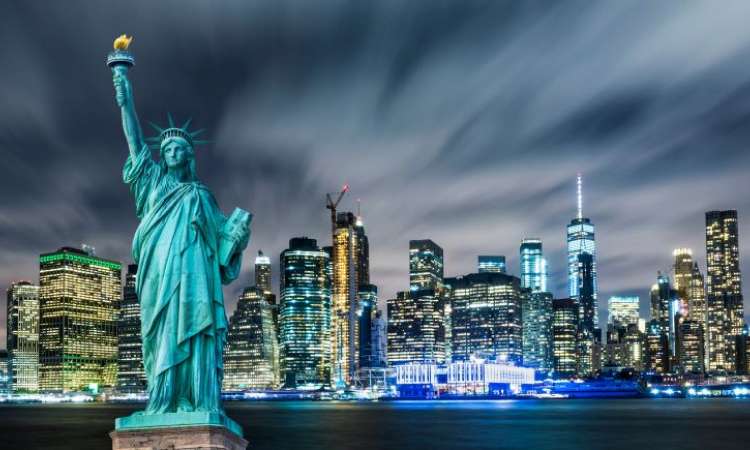Introduction
The Statue of Liberty, one of the most iconic landmarks in the world, stands tall on Liberty Island in New York Harbor. A gift from France to the United States, this colossal statue symbolizes freedom, democracy, and hope. Officially named “Liberty Enlightening the World,” it has welcomed millions of immigrants arriving in America, representing a new beginning and the pursuit of the American Dream.
History of the Statue of Liberty
1. The Idea and Design
The concept of the Statue of Liberty was proposed by Édouard René de Laboulaye, a French political thinker, in 1865. He wanted to honor the centennial of American independence (1876) and celebrate the friendship between France and the U.S.
The statue was designed by Frédéric Auguste Bartholdi, a French sculptor, while the internal iron framework was engineered by Gustave Eiffel (who later built the Eiffel Tower).
2. Construction and Assembly
-
France built the statue, while America was responsible for the pedestal.
-
The statue was constructed in Paris, disassembled, and shipped to the U.S. in 350 pieces.
-
It was reassembled on Bedloe’s Island (now Liberty Island) and officially unveiled on October 28, 1886.
Symbolism and Meaning
The Statue of Liberty is rich in symbolism:
-
Torch: Represents enlightenment, lighting the path to freedom.
-
Crown: Features seven spikes, symbolizing the seven continents and seas, indicating universal liberty.
-
Tablet: Inscribed with “July IV, MDCCLXXVI” (July 4, 1776), the date of American independence.
-
Broken Chains: At her feet, signifying freedom from oppression.
-
Robes: Reflect the Roman goddess Libertas, representing liberty.
Interesting Facts About the Statue of Liberty
-
Height: The statue is 151 feet tall, but with the pedestal, it reaches 305 feet.
-
Material: Made of copper, which has oxidized over time, giving it the iconic green patina.
-
Weight: The statue weighs 225 tons (450,000 pounds).
-
Visitors: Over 4 million people visit annually.
-
Poem: The famous sonnet “The New Colossus” by Emma Lazarus is engraved on a bronze plaque inside the pedestal, with the famous lines:
“Give me your tired, your poor, Your huddled masses yearning to breathe free…”
The Statue of Liberty and Immigration
For many immigrants arriving by ship in the late 19th and early 20th centuries, the Statue of Liberty was the first sight of America. It became a powerful symbol of hope and new opportunities, especially for those fleeing poverty, war, or persecution.
Ellis Island, located nearby, served as the primary immigration station where millions were processed before entering the U.S.
Restoration and Modern Significance
-
In 1984, the statue underwent a major restoration for its centennial celebration in 1986.
-
After the 9/11 attacks, Liberty Island was closed for security reasons but reopened in 2004.
-
Today, the Statue of Liberty remains a UNESCO World Heritage Site and a global icon of freedom.
Conclusion
The Statue of Liberty is more than just a monument—it is a beacon of hope, liberty, and democracy. Standing as a testament to the enduring friendship between France and the U.S., it continues to inspire millions worldwide. Whether seen in person or in photographs, Lady Liberty reminds us of the values of freedom, equality, and opportunity that define America.
Did You Know?
-
The statue’s face was modeled after Bartholdi’s mother.
-
There are replicas of the Statue of Liberty in Paris, Las Vegas, and Tokyo.
-
Lightning strikes the statue about 600 times every year!
The Statue of Liberty remains an eternal symbol, shining its light for generations to come











